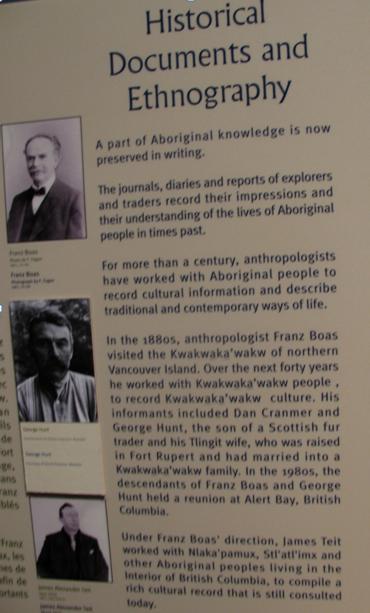Eduardo Bonilla-Silva and Tyrone Forman wrote a wonderful article* examining the discursive strategies white college students use to distance themselves from racism, while still blaming people of color for their own disadvantage or being, straightforwardly, racist. Among other strategies, they noted that these students would often preface their comments with the phrase “I am not a racist but…”
We’ve documented this strategy before with a series of PostSecret confessions and we certainly saw it used by UCLA’s Alexandra Wallace in her famous anti-Asian rant. Now Karen alerted me to a new blog collecting instances of this type of language on Facebook, titled simply I’m Not Racist But… It’s pretty stunning what often follows. Here are some examples (trigger warning for, um, some seriously racist talk):




That was just a selection from the first two pages. They are lots more. In a similar vein, you might visit our post about racist tweets and updates after the tsunami hit Japan.
* Bonilla-Silva, Eduardo & Tyrone A. Forman. 2000. ‘I am not a racist but…’: Mapping White college students’ racial ideology in the USA. Discourse and Society 11, 1: 50-85.
Lisa Wade, PhD is an Associate Professor at Tulane University. She is the author of American Hookup, a book about college sexual culture; a textbook about gender; and a forthcoming introductory text: Terrible Magnificent Sociology. You can follow her on Twitter and Instagram.








